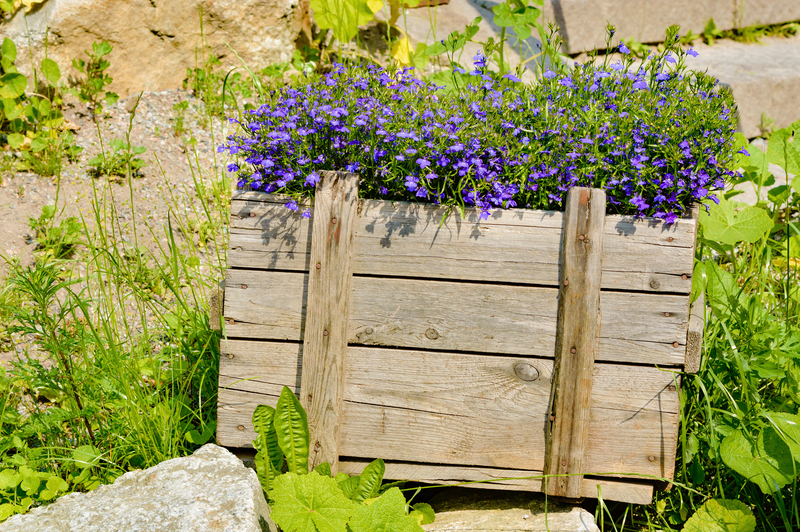Get Acquainted with Glass Recycling Essentials
Glass recycling is an integral aspect of contemporary environmental efforts, and understanding its essentials can significantly impact ecological sustainability. This guide will delve into the critical elements of glass recycling, highlighting its importance, process, and ways you can actively contribute. Let's explore the fascinating world of glass recycling to become conscious and informed participants in this crucial endeavor.
The Importance of Glass Recycling
Glass has been a trusted material for centuries due to its durability, transparency, and resistance to corrosion. However, these beneficial characteristics also mean that glass does not decompose easily. Thus, recycling glass becomes vital to minimize environmental impact. Here's why glass recycling is essential:
Conserving Natural Resources
- Sand Usage: The primary ingredient in glass is sand, a finite natural resource. Recycling reduces the need for raw materials.
- Energy Efficiency: Producing new glass requires substantially more energy compared to recycling old glass.
Reducing Landfill Waste
Each year, millions of glass containers end up in landfills, taking up valuable space and taking potentially centuries to break down. Recycling glass promptly reduces waste sent to landfills.
Decreasing Global CO2 Emissions
Reduction in CO2 emissions is achieved by decreasing the demand for new glass production, which in turn minimizes industrial pollution levels.

The Glass Recycling Process
Understanding the process of glass recycling can enhance appreciation for this essential environmental practice. The journey from discarded bottles to new glass products involves the following steps:
Collection and Transportation
Recycling initiatives rely on the active participation of the community. Used glass is collected through curbside programs, collection centers, and deposit systems. Once gathered, it is transported to a processing facility for further action.
Sorting and Cleaning
- Sorting: Glass comes in various colors - typically clear, green, and brown. Efficient sorting is crucial as different colors melt at different temperatures.
- Cleaning: The glass is cleaned to remove any impurities or residues such as labels or metal caps.
Crushing and Melting
The sorted glass is then crushed into small pieces known as cullet. The crushed cullet is melted at high temperatures and poured into molds, forming new products.
How to Actively Participate in Glass Recycling
Your involvement is crucial for the success of glass recycling. Here are some practical ways to participate:
Household Practices
- Separation: Be diligent in separating glass containers from other recyclables.
- Deposit Refunds: Participate in bottle deposit systems if available in your area.
Support and Educate
Your voice and actions can amplify the impact of recycling efforts:
- Advocate for Recycling Programs: Encourage local governments and businesses to improve and maintain efficient glass recycling programs.
- Educate Others: Share your knowledge on the benefits and processes of glass recycling with family and community members.
Purchasing Decisions
Your purchasing choices significantly influence recycling:
- Choose Recycled Glass Products: Support companies that prioritize recycled materials, contributing to a circular economy.
- Avoid Single-Use Glass: Opt for reusable options wherever possible to reduce waste generation.

Innovations in Glass Recycling
As we advance, new technologies and methods are continuously being developed to improve the glass recycling process:
Automated Sorting
Advanced technologies like optical sorting systems are becoming more widespread, allowing for precise separation and categorization of glass by color and type.
The Glassphalt Revolution
Glassphalt, an innovative use of recycled glass in asphalt production, is setting trends for more sustainable infrastructure. Roads made with glassphalt showcase durability while reducing landfill reliance.
Conclusion
Understanding and participating in glass recycling can lead to a significant reduction in environmental impact. By appreciating the processes and technologies involved, we become more conscious consumers and advocates for sustainable living. Make intentional efforts in your routine and support broader community initiatives. Remember, every recycled bottle is a step towards preserving our planet for future generations.
Embrace the potential of glass recycling and empower yourself and others to make informed, impactful decisions. With collective efforts, we can pave the way for a more sustainable world, one glass bottle at a time.